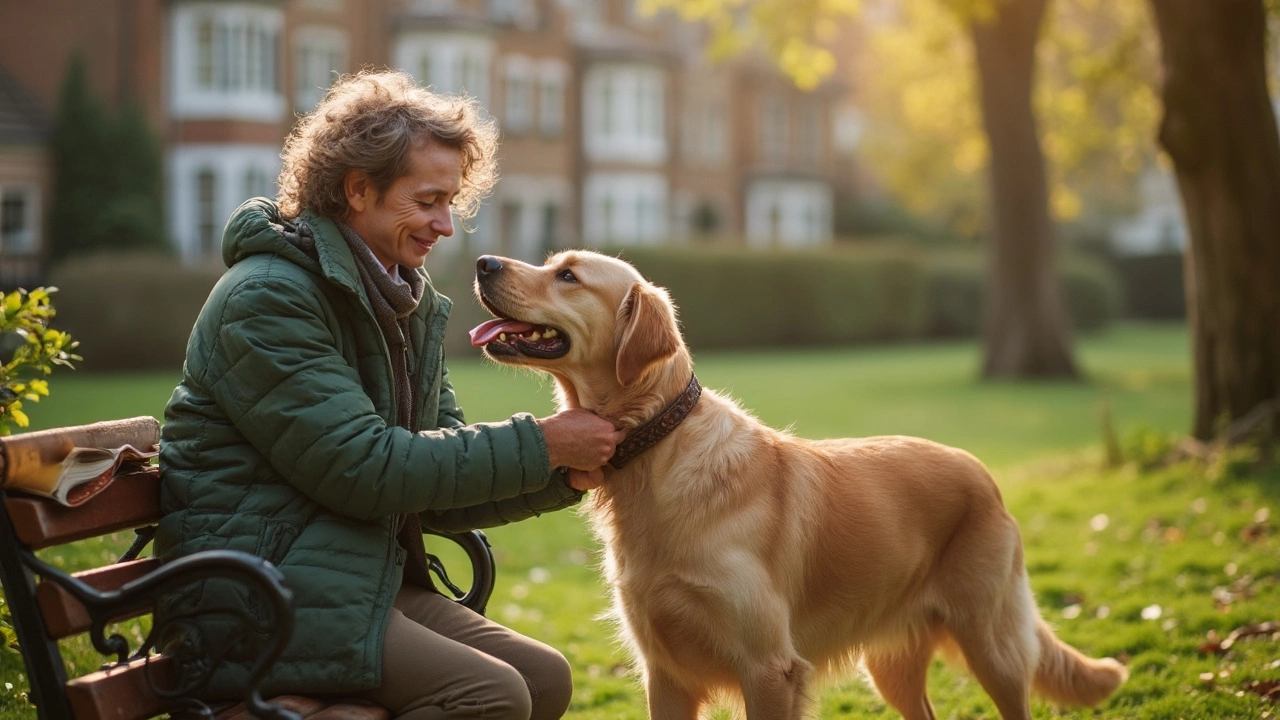Dog Trainers: Practical Advice to Boost Your Sessions
Whether you’re just starting out or have been handling pups for years, a solid game plan makes every training session smoother. The first thing to nail down is consistency: use the same cue words, reward timing, and tone each time. Dogs thrive on predictable patterns, so a simple "sit", "stay", "come" routine can turn chaos into confidence.
Choosing the Right Tools
Not every dog needs a fancy harness or a high‑tech clicker. Start with basics—leash, collar or harness that fits snugly, and plenty of tasty treats. If you’re thinking about a training collar, remember it’s a tool, not a magic fix. Look for collars that offer gentle vibration or audible cues rather than shock. Many trainers swear by brands that let you adjust intensity; start at the lowest setting and only increase if you see no response.
For puppies, a soft nylon collar works fine until their necks grow. When you transition to an adult dog, a sturdy leather collar can give you better control, especially on off‑lead work. Always test the fit: you should be able to slip two fingers between collar and neck.
Managing Common Behavior Issues
Pulling on the leash? Try a front‑clip harness that redirects pressure toward the chest, discouraging forward momentum. Barking at the door? Teach a "quiet" cue by waiting for a brief pause, then rewarding silence. Consistency is key—don’t reward the bark by opening the door every time.
Separation anxiety feels tough, but breaking it into tiny steps helps. Start by leaving the room for 30 seconds, then gradually extend the time. Pair your departure with a high‑value treat that the dog only gets when you’re away. Over weeks, the dog learns that alone time isn’t scary.
Remember to keep sessions short—5 to 10 minutes for puppies, 10 to 15 for adults. End each session on a positive note, even if it’s a simple "sit" followed by a treat. This builds a sense of achievement and keeps the dog eager for the next round.
Finally, track progress. Jot down which cues worked, which treats the dog prefers, and any setbacks. A quick spreadsheet or notebook lets you spot patterns and adjust your approach without guessing.
With these basics—consistent cues, sensible tools, and clear strategies for common problems—you’ll see faster results and happier pups. Keep learning, stay patient, and enjoy the journey of turning a wagging tail into a well‑behaved companion.
Posted By Bryndle Redding On 19 Apr 2025 Comments (0)
What Collar Do Dog Trainers Recommend? Your Guide to Choosing Wisely
Wondering which collar is best for training your dog? This article digs into the top types trainers actually prefer, explains why they choose them, and shares practical tips for picking the right one. We’ll break down how each collar works, what to avoid, and how to use them safely. Whether you’ve got a puller, a puppy, or just want your walks to be smoother, you’ll get the lowdown here. Real talk from real dog lovers—no confusing jargon or empty trends.
READ MORE